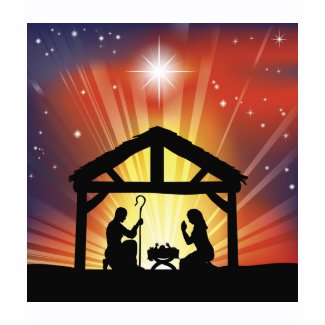
One of the prettiest things that can be seen in the Christmas season is the beautiful array of lights adorning trees, street lamps and streaming across the top of homes. Christmas lights have evolved a lot over time and they continue to evolve.
These days, with an emphasis on saving energy and on being more aware of our environment, inventions like LED Christmas lights are being used more and more. Because LED lights use up less energy, don’t get hot like traditional lights and last longer, their use has changed the face of Christmas lighting and lighting in general. But when did the idea to put lights up for the holidays first arise?
History of Christmas lights
The idea of using lights as decoration at Christmas was something that had been taking place for some time.
The first illuminated Christmas trees were lit with candles, but even before the age of Christmas, light played an important part in ancient festivities that took place around this time of the year. Sun-worshiping pagans lit candles during the festivals of the Winter solstice, which coincide with the modern Christmas period, because they hoped that providing light from candles and bonfires would encourage the sun’s warmth and light to return after the cold, dark winter.
With the Christianization of pagan holidays, the candle-lighting tradition was incorporated into Christmas customs although it seems that this tradition really regained major popularity after the 18th century.
Around the 18th century it became a popular tradition in many Protestant upper-class German homes to honor Christmas by decorating their Christmas trees with many small miniature candles. The candles were sometimes glued to the tree with melted wax and at other homes they were attached to the trees with pins.
Because of the fire hazard that the flickering candles presented, by the early 1900s lantern-like glass balls were used to hold the illuminated candles, and after the invention of the light bulb, eventually the glass balls of light evolved into the traditional Christmas lights we know today. In spite of the modernization of Christmas lights there are still some places in the world that continue to utilize the old-fashioned candle lights.
What do the Christmas lights symbolise to Christians?

Regardless of their pagan origins, the Christmas lights have amassed new symbolism and meaning since becoming a Christian Christmas tradition. What do the Christmas lights symbolise in Christianity?
I did have a chuckle when I heard the joke that the Christmas lights are put up to help Santa Claus find your house and easily locate the tree in order to put presents under it, but the Christmas lights also have a more meaningful religious symbolism:

- Symbol of the starry night on which Christ was born:
Some people like to think of the lights representing the Star of Bethlehem, the sign that marked that Christ was born. - Symbol of the light of Christ:
In Christian tradition, candles are a symbol for Jesus and the light he brings to earth even in the darkest times. Some believe that the light is symbolic of the eternal light of Jesus’ spirit that is particularly kept in mind over Christmas. Different colored candles also represented different qualities, for example a white candle represents the purity of Christ whilst a pink candle represents joy. - Symbol of the light, hope and good in the world:
The Christmas lights also served to remind good Christians to provide light to others. - Symbol of following the enlightened path:
Some suggest that the Christmas lights are a reminder to follow the way of Christ. The path of lights that wind around the tree leading to the star at the top may be symbolic of the enlighted path to salvation.
Credits:
Article contributions from Robert Lobitz
Related Articles
You may enjoy the other articles in the culture section of saywhydoi.com, especially the Christmas articles like:
- Why do we put up Christmas wreaths?
- Why do we celebrate Christmas on December 25th?
- Why do we eat Turkey at Christmas?
- Why are robins on Christmas cards?








